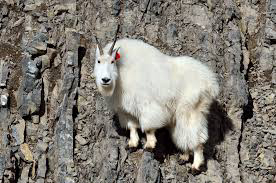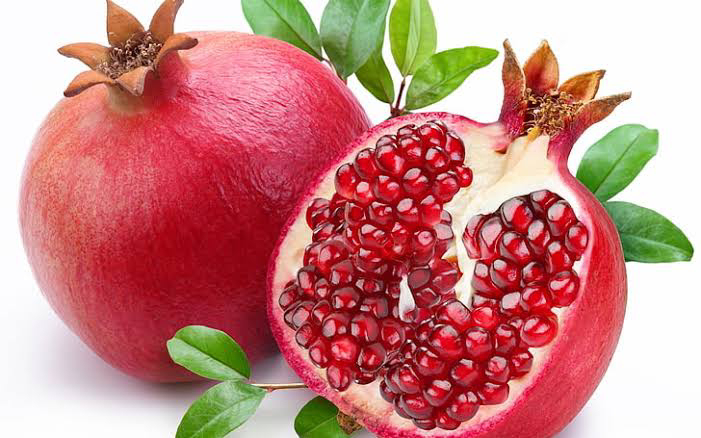11 MOST AWESOME HYBRID ANIMALS

1. Tigon The tigon's genome includes genetic components of both parents, thus, they can exhibit visible characteristics from both parents: they can have both spots from the mother (lions carry genes for spots - lion cubs are spotted and some adults retain faint markings) and stripes from the father. Any mane that a male tigon may have will appear shorter and less noticeable than a lion's mane and is closer in type to the ruff of a male tiger. It is a common misconception that tigons are smaller than lions or tigers. They do not exceed the size of their parent species because they inherit growth-inhibitory genes from both parents, but they do not exhibit any kind of dwarfism or miniaturization; they often weigh around 180 kilograms (400 lb) 2. Zebroid A zebroid is the offspring of any cross between a zebra and any other equine to create a hybrid. In most cases, the sire is a zebra stallion. Offspring of a donke...



